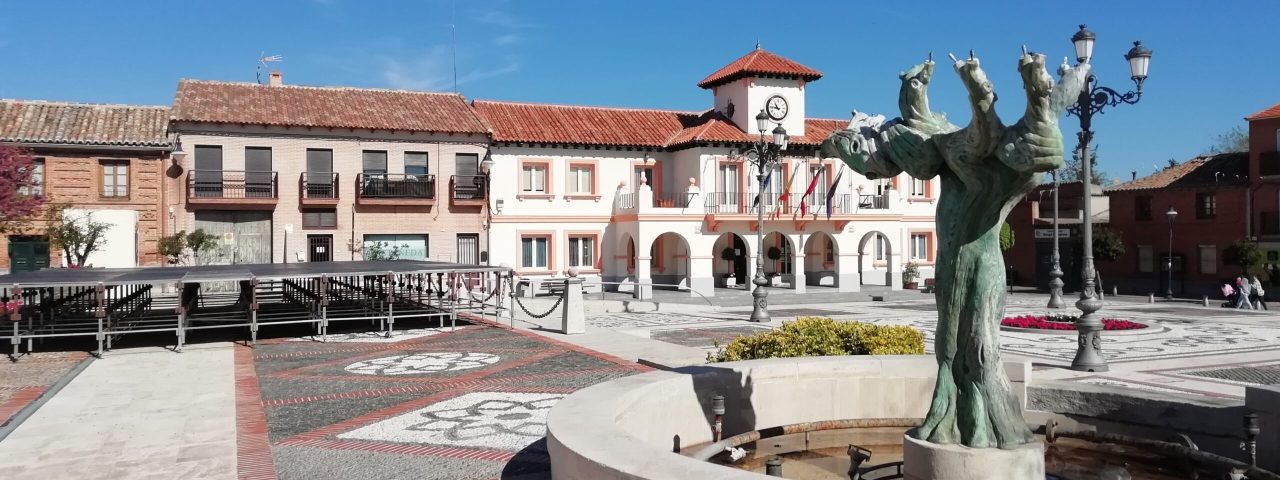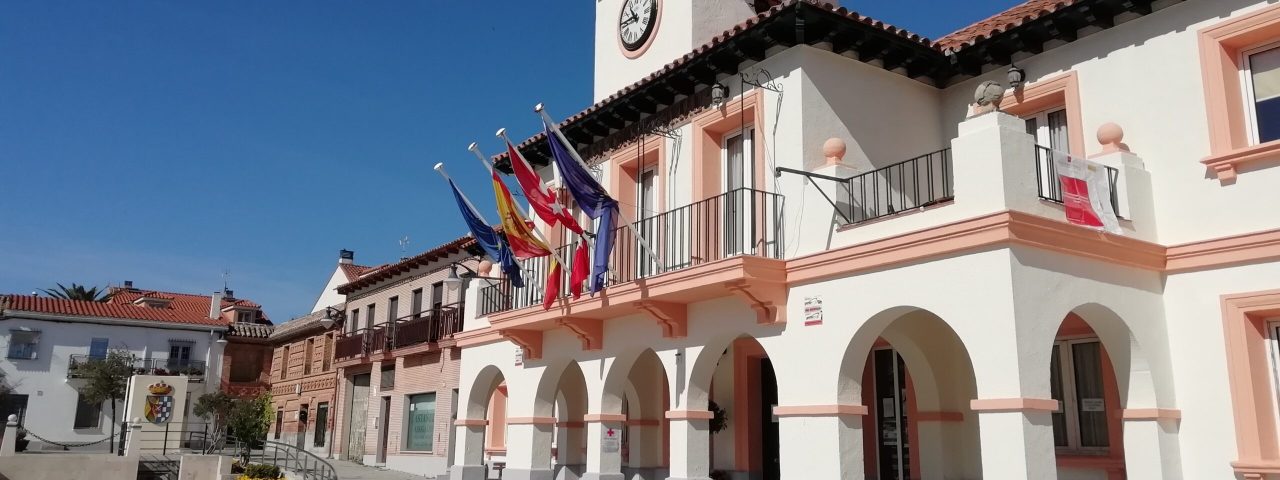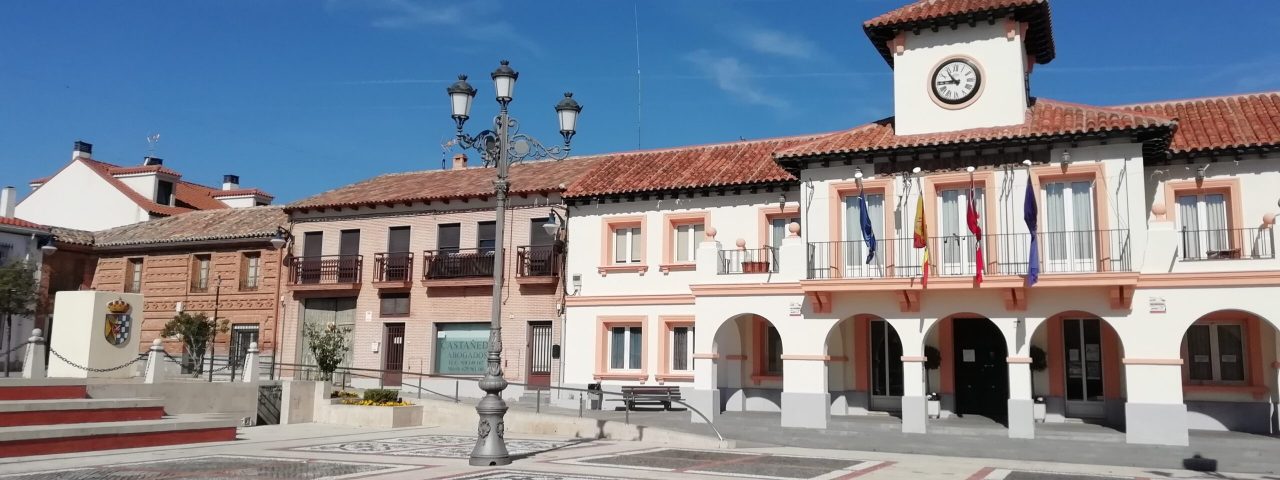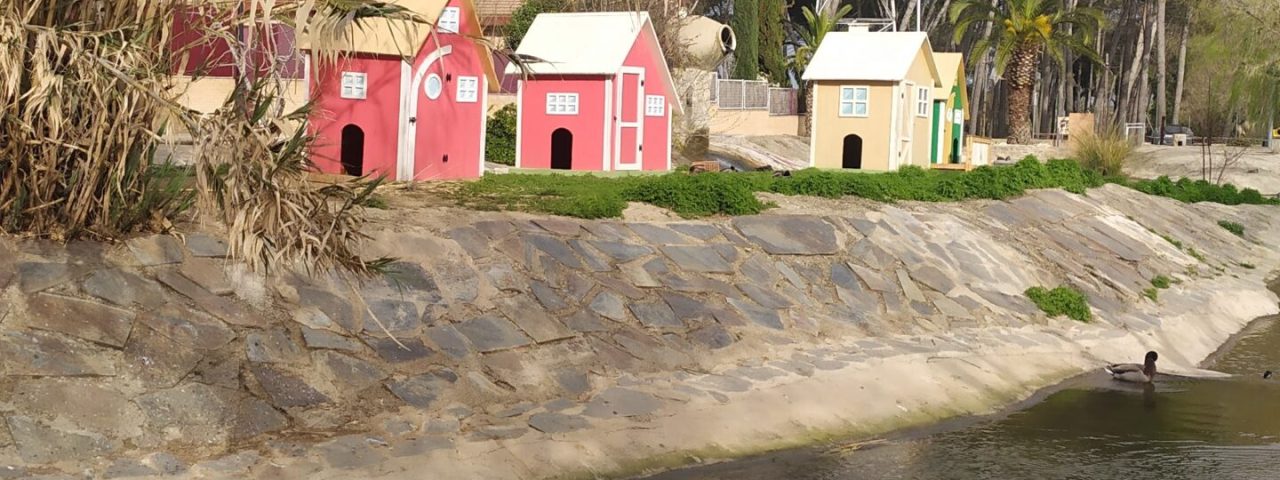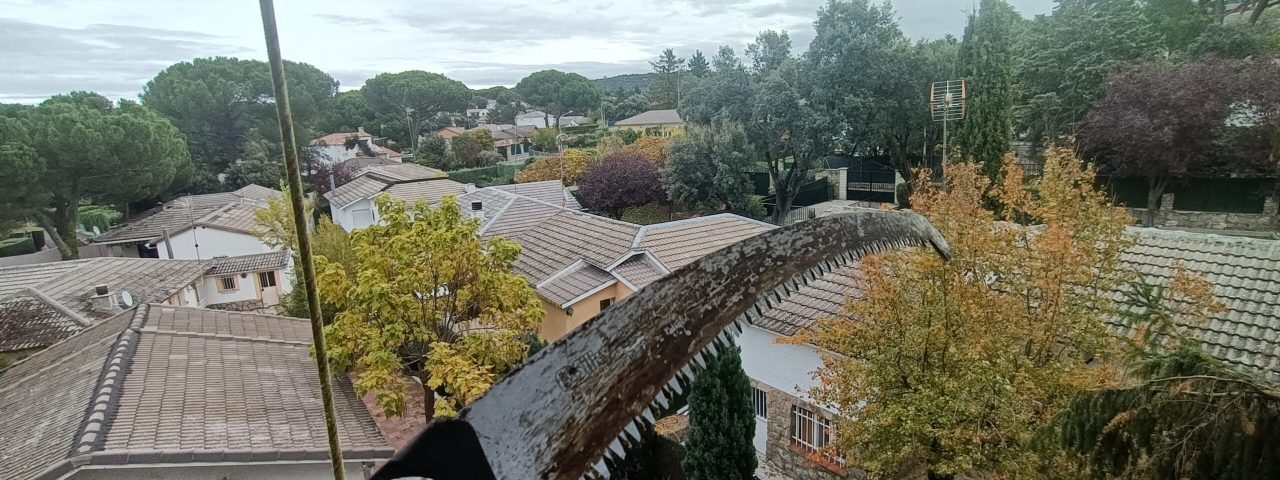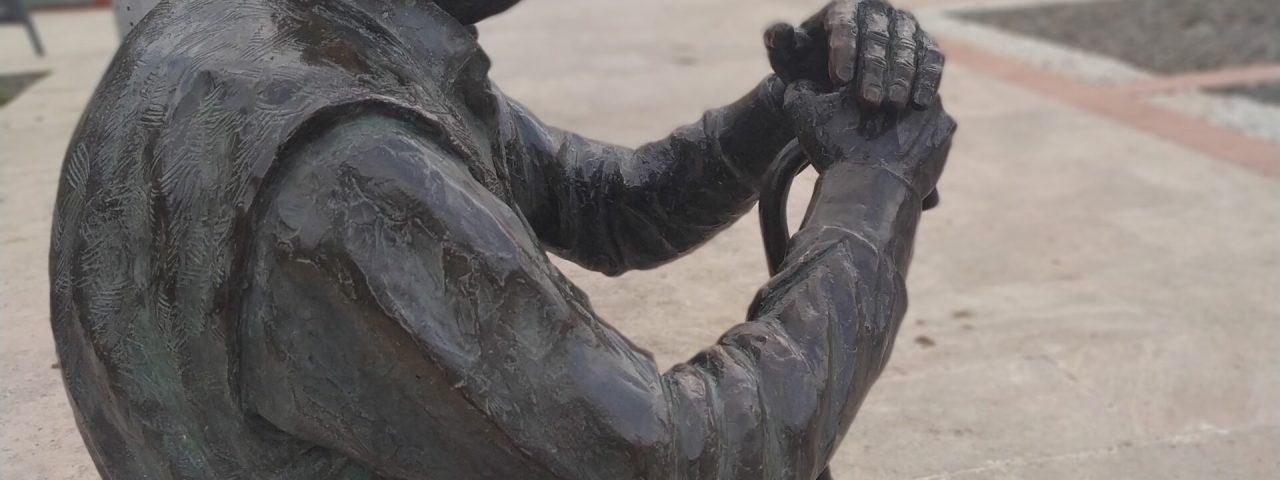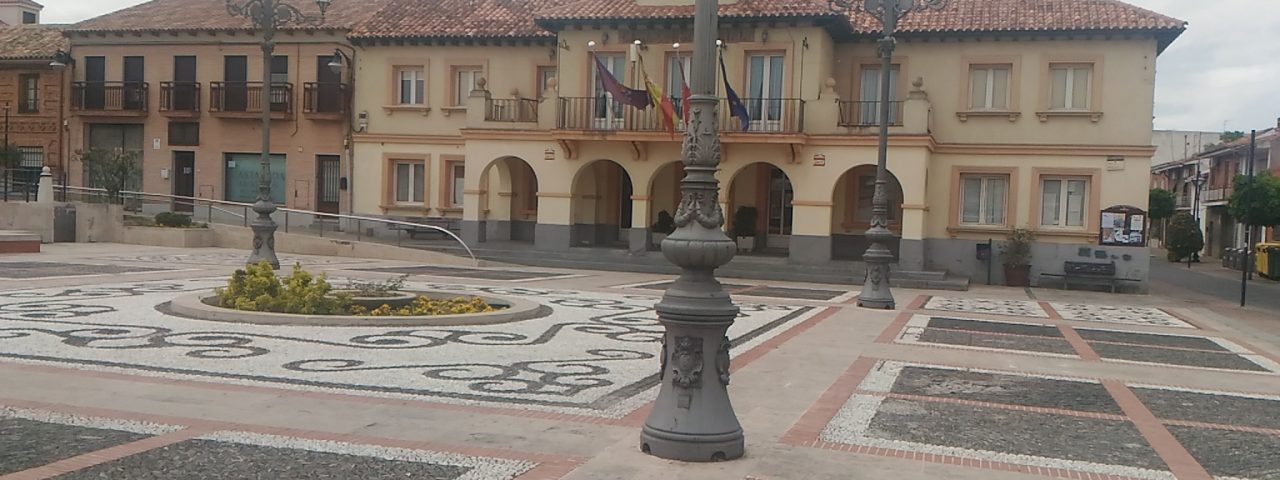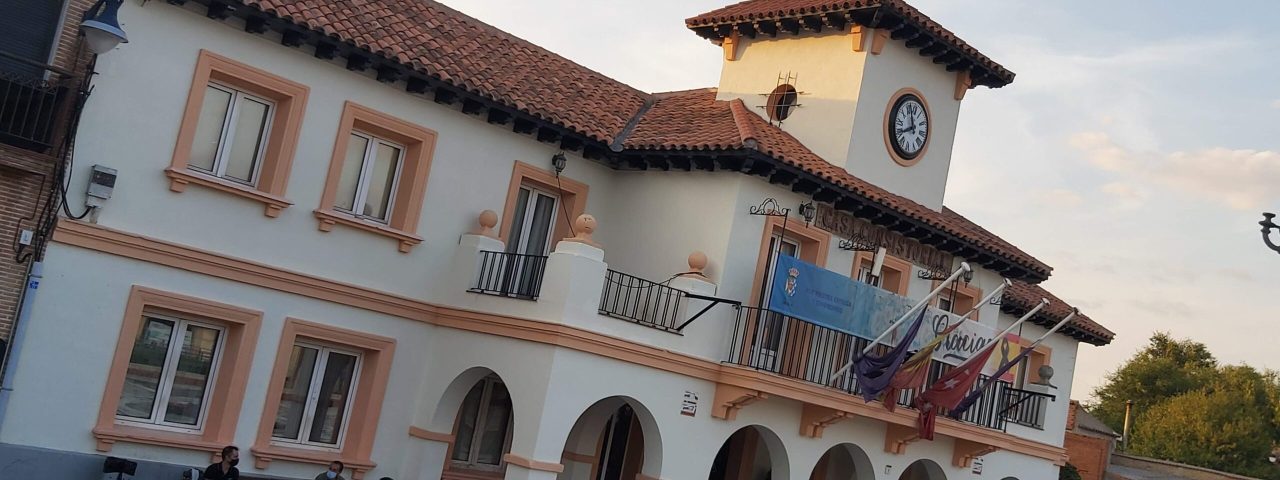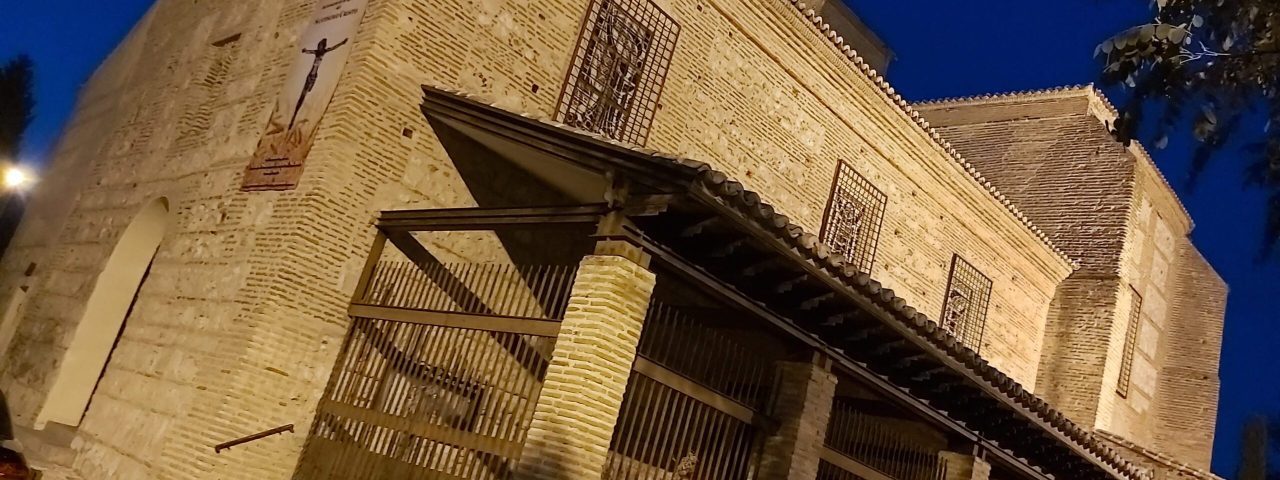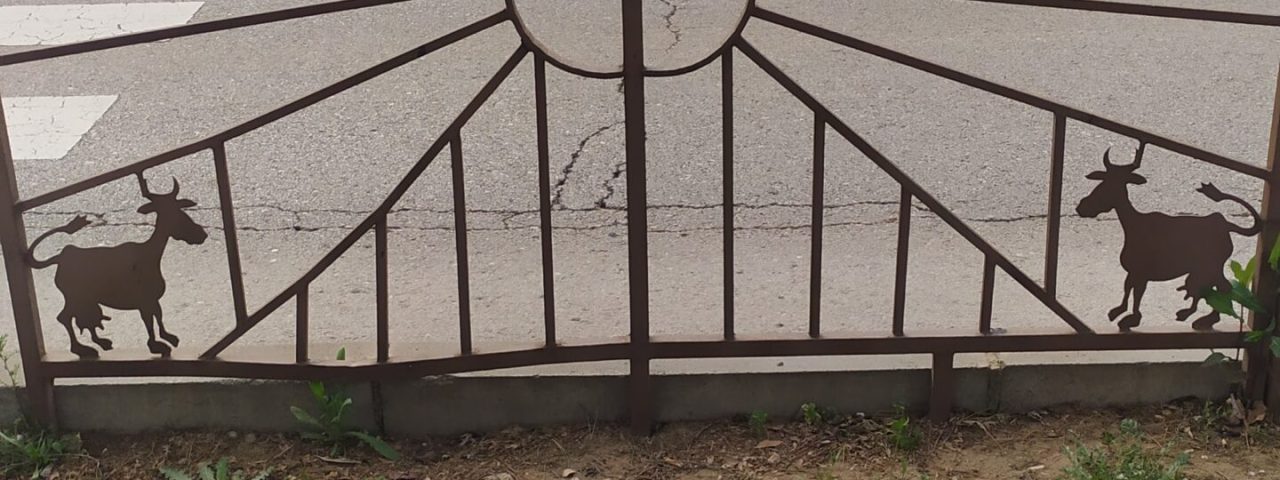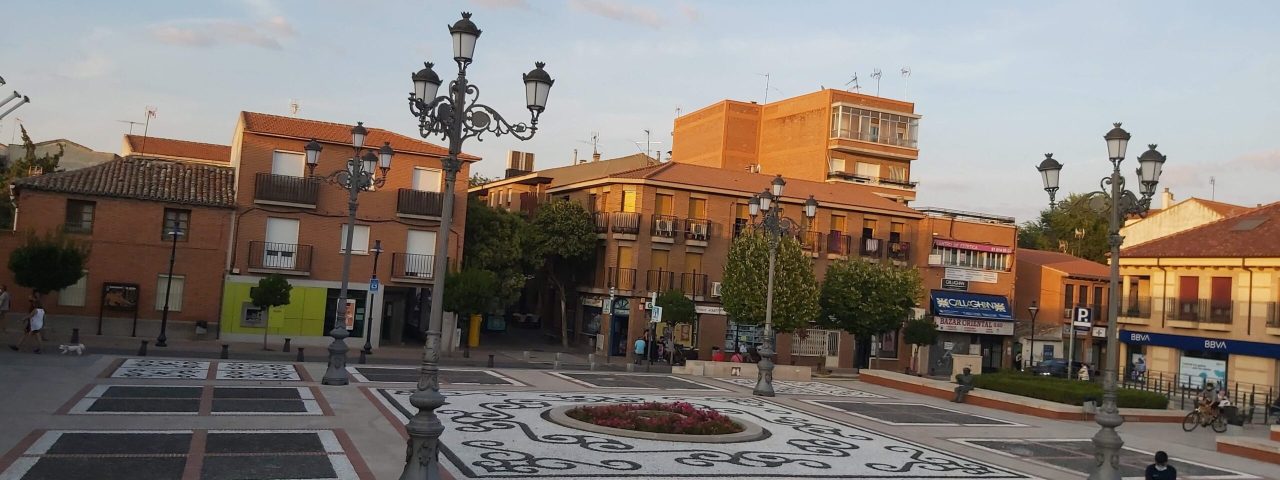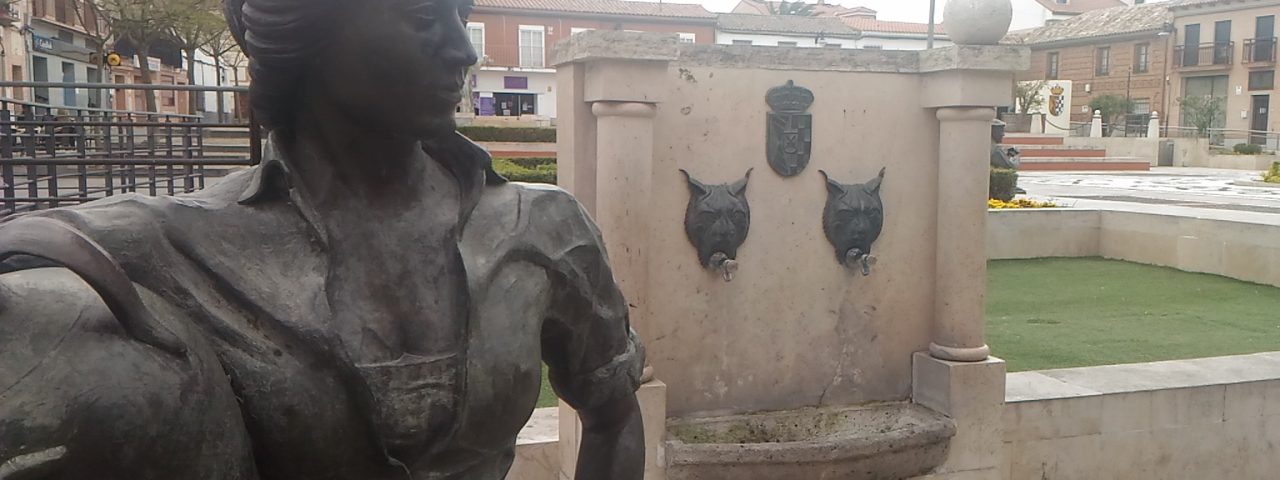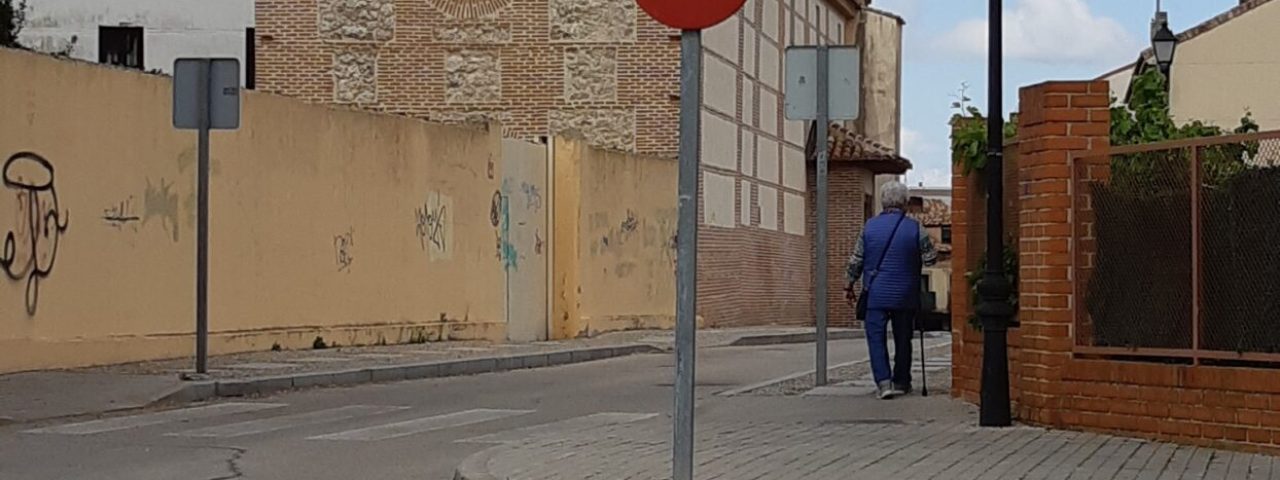Griñón’s history dates back centuries, with influences from various civilizations, including the Romans and Moors, contributing to its cultural richness. Its origins are rooted in agricultural communities, and the town played a notable role in the medieval period due to its strategic location near key routes leading to Toledo and Madrid. Over time, Griñón became a thriving agricultural hub and a center for local trade.
Culturally, Griñón has preserved many of its traditions, including local festivals like the Fiestas Patronales in honor of its patron saint, San Gregorio. These celebrations bring the community together with parades, live music, religious processions, and culinary feasts that showcase the town’s rich heritage. Another notable event is the Semana Santa (Holy Week) celebrations, where the streets come alive with processions and cultural performances, attracting visitors from the surrounding areas.
The town’s historical roots are evident in its architecture, with several landmarks such as the Church of the Assumption of Our Lady, built in the 16th century. Griñón’s culture is also shaped by its traditional agricultural practices, with many locals still deeply connected to the land and its produce.
